






of







of







of





















The district of Khojaly is the administrative district of the Republic of Azerbaijan. It is located on the north-eastern slope of the Karabakh Chain of Minor Caucasus. As an administrative district, it was established based on Askeran district on 26 November 1991. The territory of the district was occupied by Armenian armed forces in 1991-1992 years. The area of the district is 0,94 thousand square kilometers with 26, 0 thousand population by 2011. The neighboring districts were: Lachin, Kalbajar, Aghdam, Khojavend, and Shusha. There was one city centre (Khojali), one settlement (Askeran), and 50 villages in the district. The villages are Almali, Garakotuk, Ballija, Xanyurdu, Mehdibeyli, Jamilli, Chanagchi, Sighnaq, Daghyurd, Dashbulaq, Badara, Xanyeri, Gayabashi, Sunjinka, Harov, Daghdaghan, Xanabad, Aghgadik, Ashaghi Gilichbagh, Kosalar, Bashkend, Janhasan, Tezebine, Gishlag, Javadlar, Yalobakend, Garabulag, Demirchiler, Gushchubaba, Madatkend, Giziloba, Ashaghi Yemishjan, Xachmach, Yukhari Yemishjan, Mesheli, Nakhchvanli, Aghbulag, Aranzemin, Dehrez, Pirjamal, Pirler, Dashbashi, Farrukh, Seyidbeyli, Ulubaba, Shushakend, Dashkend, Mukhtar, Serdarkend, Shelve.
The first category motorway with 32 km length and Baki-Khankendi railway were running through the territory of the district. Before the occupation there were 56 cultural enterprises, museums, colleges, secondary schools, health care facilities, agricultural and industrial enterprises, airport and so on in the district.
The local people mainly engaged in vine-growing, cattle-breeding, bee-keeping, and farming.
The newspaper ”Khojalinin sesi (The Voice of Khojali) had been published since 1991.
As a result of the events in recent years, 54 Meskhetian-Turk refugee families displaced from Fargana (in Uzbekistan), also Azerbaijanis driven from Armenia and the city of Khankendi had settled in Khojali.
The territory of the district is mainly mountainous. The highest peaks are Gizgala and Girkhgiz (2843m, 2827 m). Except for mountainous areas, its climate is mild-hot. High mountainous areas are covered with subalpine and alpine meadows. The main rivers are the Badara and Gargar. Earth of it is mostly mountain-forest and mountain-grassland. 40% of the territory is rich with hazel, beech, maple, birch, and other trees.
One of the unprecedented tragedies that the Azerbaijan people encountered in the XX century was the Khojali genocide. Like Khatun, Lidisa, Oradur genocides Khojali tragedy is the most heinous and barbarian act in the history of humankind.
Armenians attacked Khojali on February 25-26, 1992 with the help of the Russian 366th Motor Rifle Regiment. As Khojali was attacked from 3 directions, the inhabitants had to flee in the direction of Askeran. Soon it became clear that it was an insidious trap. A part of town residents attempted to flee, were killed by Armenians, waiting in the ambushes near the village Nakhchivanli. Defenseless inhabitants, who weakened and became dead tired on snowy passes and forests were killed by the Armenian armed with special mercilessness and inconceivable barbarism just on Askeran-Nakhchivanli plain.
The Khojaly massacre that happened on the night of 26 February 1992 was the bloodiest page of the Nagorno-Karabakh war. The massacre yielded the mass killing of hundreds of civil population with inhuman brutality. On that night, the Armenian forces, under the command of Major Oganyan Seyran Mushegovich and Yevgeniy Nabokhin, with the help of the 366th motorized infantry brigade of the Russian Interior Ministry occupied Khojaly. According to official statistics of Azerbaijan, following the occupation 613 innocent Azerbaijanis, including 106 women and 83 children, were massacred. Twenty-five children were orphaned and 130 lost one parent. Eight families were exterminated. Four hundred and seventy-six people were permanently disabled. A total of 1275 people were taken hostage, and even though afterward most of the hostages were released, the fates of 150 of them are still unknown.
The results of the massacre were difficult to show; an unheard-of punitive crime was perpetrated against civilians. According to the medical examination, tens of the victims of the massacre, including women, children, and old people were killed with unusual brutality. The pieces of evidence broadcasted by international media indicate some dead bodies exhibit victims had been scalped alive; parts of bodies, such as, heads, legs, and ears had been mutilated; some had been burned alive. In this regard, most of the international newspapers and foreign witnesses share the bloodiness of the Khojaly massacre.
Pascal Privet and Steve Le Vine narrate that, “Azerbaijan was charnel house again last week: a place of mourning refugees and dozens of mangled corpses dragged to a makeshift morgue behind the mosque. They were ordinary Azerbaijani men, women, and children of Khojaly”.
On 3 March 1992, the New York Times also reported that “Fresh evidence emerged today of a massacre of civilians by Armenian militants in Nagorno-Karabakh, a predominantly Armenian enclave of Azerbaijan”.
Time magazine called the actions against Khodjali “grim and unconscionable, reporting that many of those killed had been mutilated”.
A photographer of Reuters, Frederique Lengaigne reveals she had seen two trucks on the outskirt of Nagorno-Karabakh that filled with the dead bodies. “In the first one I counted 35, and it looked as though there were almost as many in the second… Some had their heads cut off, and many had been burned” she said.
However, the most decisive report came from Human Rights Watch, which recalls that “In February 1992, Karabakh Armenian forces-reportedly backed by soldiers from the 366th Motor Rifle Regiment of the Russian Army-seized the Azeri-populated town of Khojaly”. More than 200 civilians were killed in the attack, the largest massacre to date in the conflict”.
Investigation of the interviews of Armenian officials reveals the fact that Armenians intended the Khojaly massacre beforehand. As De Waal aptly writes: Yet Armenians now do admit that many Azerbaijani civilians were killed as they fled Khojaly. Some blame irregular Armenian fighters, acting on their behalf. An Armenian police officer, Major Valery Babayan, suggested revenge as a motive. He told the American reporter Paul Quinn-Judge that many of the fighters who had taken part in the Khojaly attack “originally came from Sumgait and places like that”.
De Waal also writes in 2003 that during an interview with the current Armenian president Serzh Sarkisian he said that; “We don’t speak loudly about these things.” “A lot was exaggerated” in the casualties, and the fleeing Azerbaijanis had put up armed resistance”. De Waal narrates that Sarkisian’s summation of what had happened, however, was more honest and more brutal: Before Khojaly, the Azerbaijanis thought that they were joking with us, they thought that the Armenians were people who could not raise their hand against the civilian population. We were able to break that [stereotype]. And that’s what happened. And we should also take into account that amongst those boys were people who had fled from Baku and Sumgait.
All these statements are explicit proves that the military attack was deliberately planned by the Armenian Armed Forces against the civil population of Azerbaijan in Khojali.
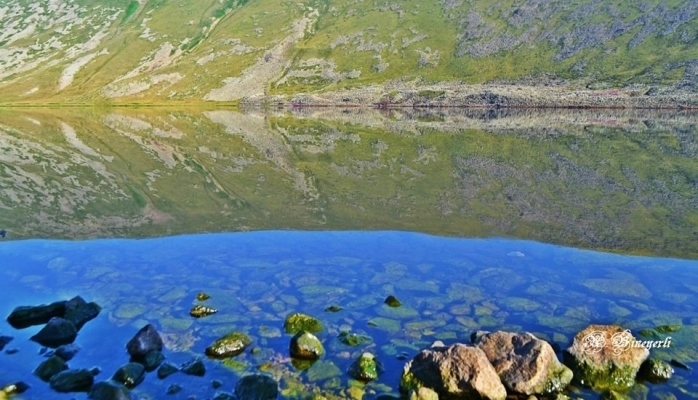
Qaragol Interrepublics State Reserve was set up with the decision of the Council of Ministers dated November17, 1987. Garagol State …

The idea of establishing Aghdam Bread Museum, which is considered to be the second in the world after the Zurich …
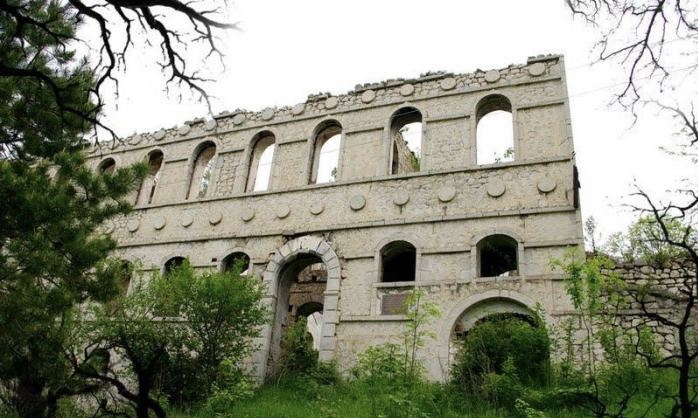
The Khurshudbanu Natavan’s House is a historical and architectural monument of the 18th century located in the city of Shusha. …

Museum Mausoleum Complex of Molla Panah Vagif is located in Shusha, Azerbaijan. It was built in honor of Molla Panah …
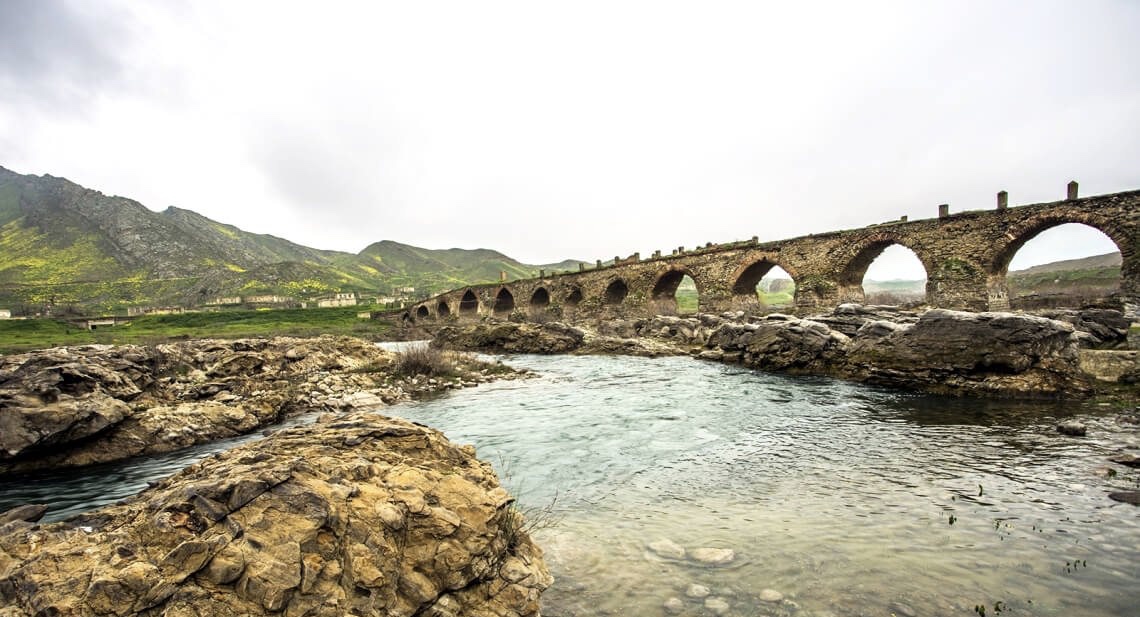
The Bridge belongs to the Arran architecture school. The first written source that mentioned the 15-arched Khudafarin Bridge belongs to …
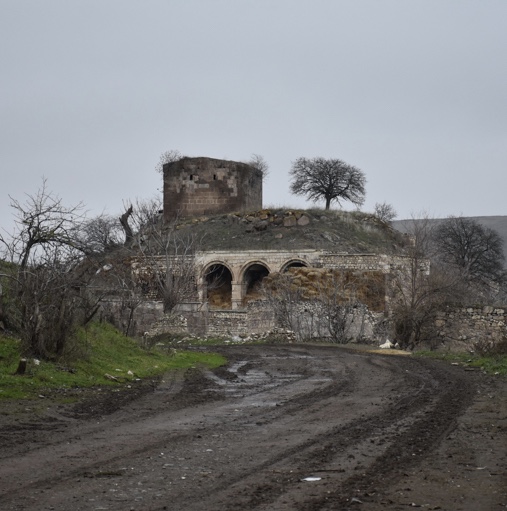
Garghabazar Caravanserai was built in 1681 at the hillside, in the center of Garghabazar village of Fuzuli district, 8 km …
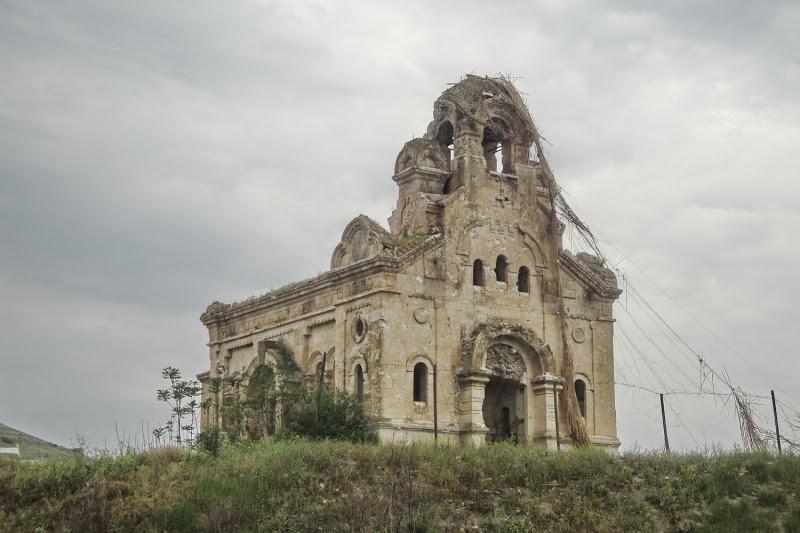
Armenia’s vandalism in Nagorno-Karabakh and seven surrounding regions affected not only the historical, cultural, and religious heritage of Islam but …

Jabrayil History-Ethnography Museum has been operating since 1953. Archaeological and ethnographic materials belonging to the history of the region, textiles, …

Khudavang, or Dedeveng, Monastery Complex is located in the Vang village of Kalbajar District, on the left bank of Tartar …

“The 19th century Aghdam Juma Mosque is perhaps the only structure that has withstood the years of neglect since the …